Sharing local knowledge for a better understanding of Aboriginal culture | Truly WA
There’s no arguing WA’s a great place to live and a joy to explore. Across WA we have bountiful, Insta-worthy natural attractions and heaps of aquatic and land-based delights, including loads of edible native flora and fauna.
Being truly WA means not only living here but having knowledge of our backyard and all it offers, including our state’s rich Aboriginal culture: the people, knowledge and stories that have been here all along.
By embracing the knowledge and stories passed through generations of Aboriginal people in WA and across Australia, we can deepen our understanding and further appreciate the ancient cutures that truly help to make this state great. .
Sharing cultural knowledge with George Walley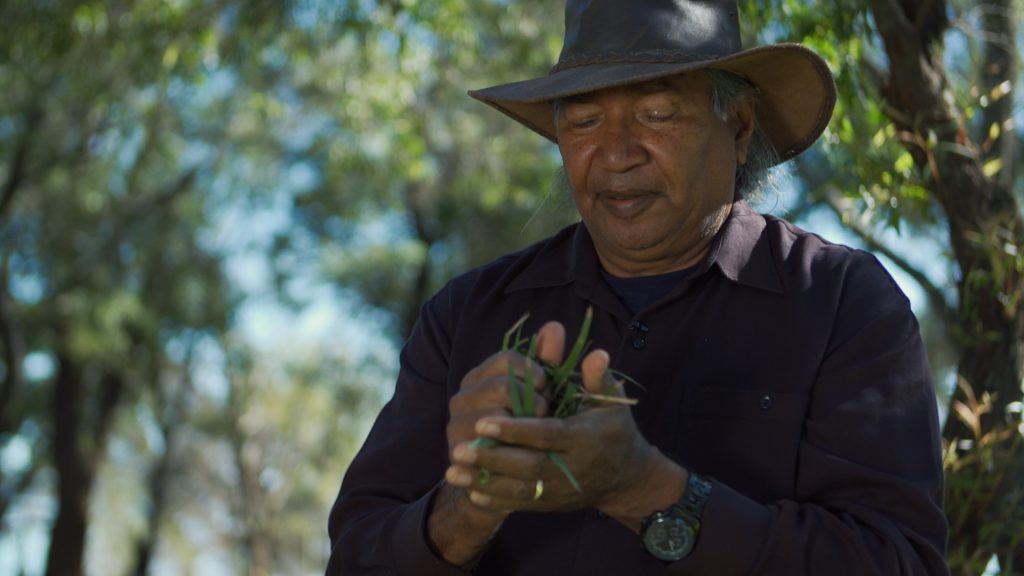
George Walley is a proud Noongar man from the Bindjareb Boodja (Peel area) and operator of Mandjoogoordup Dreaming. He’s also actively involved in local community programs, initiatives focused on cultural awareness and training.
George’s passion revolves around sharing cultural knowledge by talking about Spirit, Land and People – and how their interconnectedness is vital for deepening our understanding of Aboriginal beliefs and customs.
“There’s 50,000 years of information here, and stories are important to understand and appreciate cultural knowledge.”
A lot can be learnt about the land on which we live from the Traditional Owners, whose cultural knowledge has been passed down through family storytelling and Dreamtime stories.
Living off the land: bush tucker and the six seasons of the Noongar calendar
George’s local knowledge includes a deep understanding of the important place native produce, or bush tucker, holds in Aboriginal culture.
It’s a traditional connection to country and looking after the land that has sustained Aboriginal people for thousands of years – and today offers fresh insight and inspiration for anyone passionate about celebrating native produce and looking after the land. 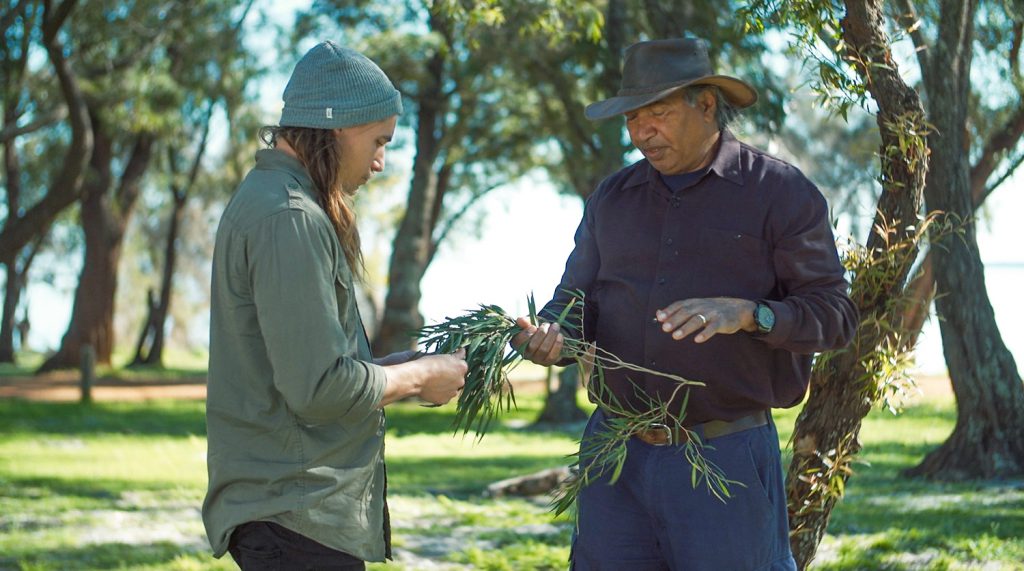
It was a shared passion that led George to cross paths with Paul Iskov – owner and head chef of Fervor, the acclaimed pop-up outdoor dining experience celebrating Australian native produce.
He was impressed with Paul’s knowledge of seasonal native ingredients and enthusiasm for incorporating native produce into his dining events.
George and other Traditional Owners have worked closely with Paul and his team as part of the Fervor experience, learning how seasonal native ingredients can be sourced across the six seasons of the Noongar calendar.
“To know and understand the six seasons makes you aware of what’s happening in the environment and how to react to these changes.”
Understanding and observing these seasons has traditionally been a vital part of life for Noongar people – particularly those living off the land – and helps determine which animal and plant species are plentiful at all times.
Understanding the six seasons of the Noongar calendar
The six seasons of the Noongar calendar are defined by weather patterns in the South West of WA. 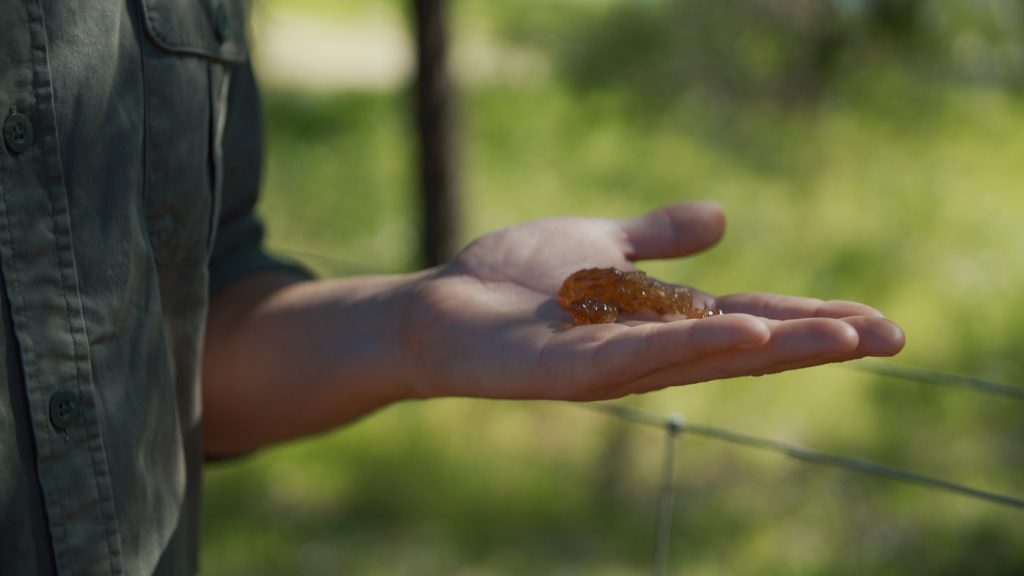
Birak (December – January) 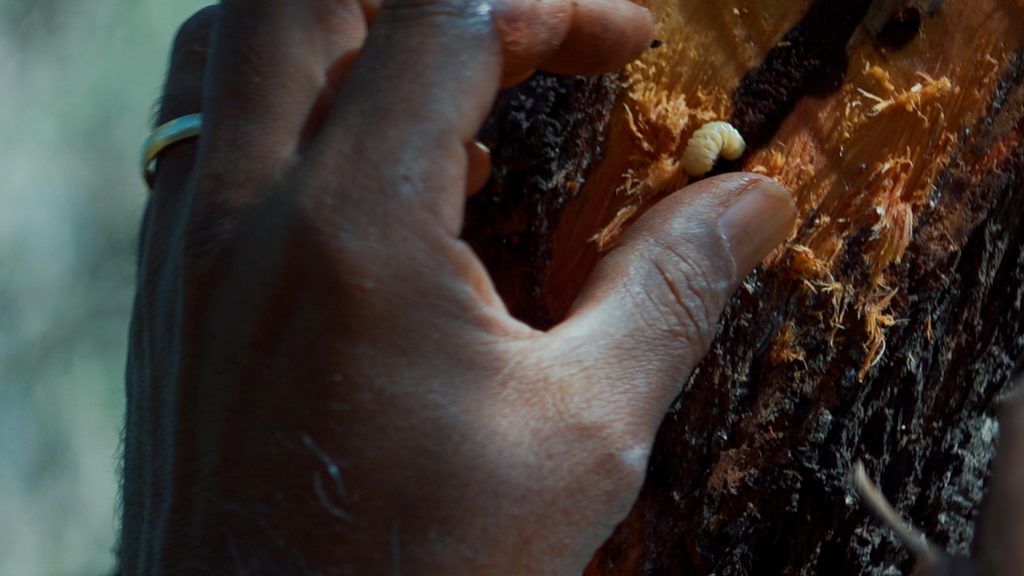
Birak is first summer and a move into warmer weather, longer days and consistently less rain. During Birak (and also Bunuru) the nutritious wattleseed can be harvested, and the Nuytsia (or Australia Christmas tree) starts blooming vibrant orange – a sure sign hot weather is on its way.
Bunuru (February – March)
Bunuru is second summer and the hottest time of the year. There tends to be little rain, though an occasional storm brings relief and a daily afternoon sea breeze, also known as the Fremantle Doctor in Perth or Albany Doctor in Albany. In Bunuru we also see jarrah, marri and ghost gums, and zamia flowering. 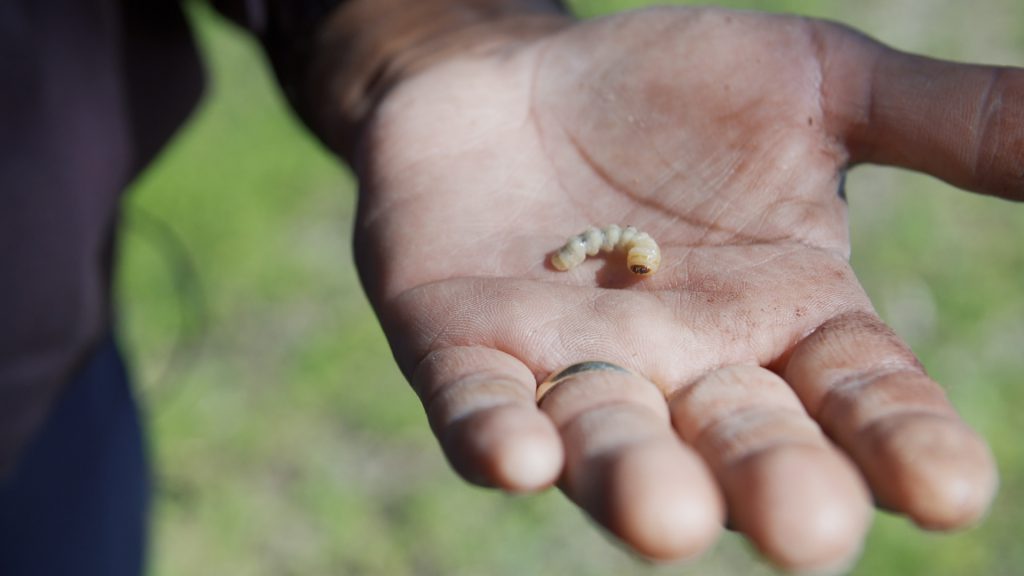
Djeran (April – May)
Djeran is a transitional period when warmer days have passed and a comfortable cool change sets in. In Djeran we see the banksia, sheoak and the red flowering gum in bloom – with native birds relying on the seasonal nectar during this time. Traditionally this season was for collecting, drying and storing seeds, roots, bulbs and some seafood. 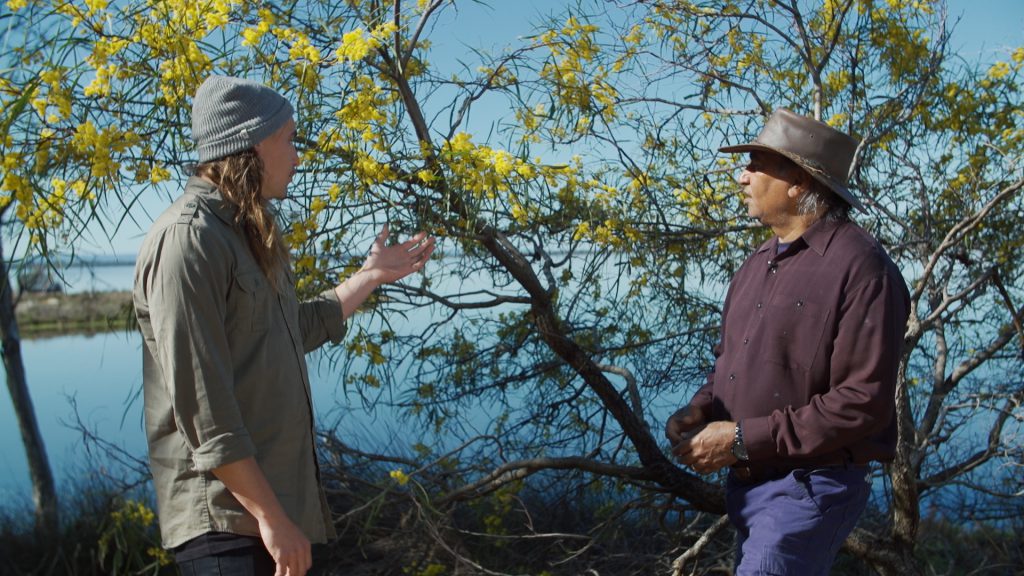
Makuru (June – July)
Makuru is winter, when rain and cold temperatures are expected during the day and night. It tends to be a hunting season, where waterways offer reliable hunting grounds for freshwater seafood, and open areas with fresh green growth attract grazing animals including kangaroos.
Djilba (August – September)
Djilba is first spring, separating winter and the guaranteed warmth of second spring. There’s more sun, but the temperature isn’t too hot and rainy days are still expected. In Djilba we enjoy wildflowers across WA’s South West, while the wattle and the quandong is also flowering. The quandong fruit can be harvested from Djilba through to Birak.
Kambarang (October – November)
Kambarang is considered the second spring – a time for revealing new growth following the rain from Makuru and Djilba seasons. In Kambarang wildflowers are in bloom across WA, while we also see the birth of native animals, including magpies protectively swooping those venturing near their nests.
Broadening our understanding of Aboriginal culture
There’s a variety of ways to incorporate more cultural learning into our lives – whether it’s through workplace awareness training, encouraging an increased focus on school curriculum, online training courses, or by commemorating significant cultural events like NAIDOC Week.
While George Walley’s Mandjoogoordup Dreaming operates out of the Peel area, tours and cultural experiences are available right across WA.
They’ll typically include stories about local landscapes and living off the land, native plants and animals, bush tucker and natural wellness treatments, Dreamtime stories, language, and places or people of significance. 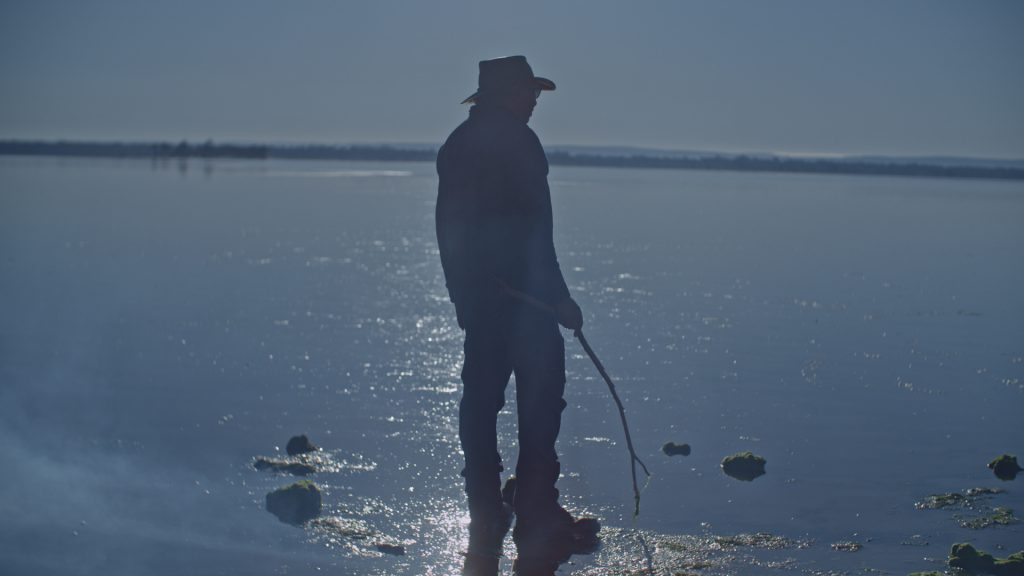
Keen to broaden your understanding of Aboriginal culture? Here are just a handful of local cultural tour operators:
- Mandjoogoordap Dreaming, Mandurah & Peel, WA
- Uptuyu Aboriginal Adventures, Kimberley region, WA
- Ngurrangga Tours, Karratha, WA
- Ngalang Wongi Aboriginal Cultural Tours, Bunbury, WA
- Go Cultural Aboriginal Tours and Experiences, Perth, WA
More WA based cultural learning opportunities can be found by browsing the Western Australian Indigenous Tourism Operators Committee (WAITOC) website.
Our commitment to understanding, diversity and inclusivity
As a member of the Wesfarmers Group, Kleenheat is proud to contribute to the ongoing success of Wesfarmers Stretch Reconciliation Action Plan.
Wesfarmers’ longstanding association with the Clontarf Foundation (previously the Clontarf Football Academy) also continues to provide valuable opportunities for young Aboriginal and Torres Strait Islander people, such as Jeff Farrell, to pave their own career and life path.
Through a range of employment, education, cultural awareness training and community-based initiatives, Kleenheat’s striving to ensure Aboriginal and Torres Strait Islander people feel welcome in our businesses as employees, customers, suppliers and visitors.